Miami Herald
Florida can run on 100 percent clean, renewable energy. Setting goals can make it happen | Opinion
We are at a tipping point when it comes to how we power our lives. Nationwide, and in Florida, we are still producing, consuming and wasting energy in ways that create lasting damage to our environment and our health. In 2021, we have the opportunity and know-how to tap into clean and renewable energy from sources such as the sun and wind, but doing so will require the nation and state to transform the way they produce and consume energy.
Given the inaction on clean energy at the federal level and the deep-rooted influence of fossil-fuel companies within our politics today, that transformation sometimes feels out of reach.
But it isn’t. Floridians have the power to demand better of their elected officials, and we have the state-based policy solutions to bring the Sunshine State into a clean-energy future.
That is why I filed House Bill 283, legislation to transition Florida to 100 percent renewable energy by 2040 and carbon neutrality by 2050. Filed in the state Senate by Sen. Lori Berman, D-Boynton Beach, this legislation also bans fracking in Florida and establishes a workforce board to ensure that the state’s drive toward a clean-energy economy produces new high-paying jobs — a much-needed initiative following COVID-19’s damaging impact on the state’s unemployment rate.
Renewable energy resources are vast. Tapping into just a fraction of them could give us all the energy we need for every aspect of our lives. The United States has the technical potential to meet its current electricity needs more than 100 times over with solar energy alone, or more than 10 times over with wind energy. With that inexhaustible potential, falling renewable energy prices and installations booming, we can envision a future powered entirely by clean energy.
We have the power to reshape our energy future. Since the 1990s, states across the country have been setting minimum standards for renewable energy that utility companies must meet. Today, 30 states have these renewable portfolio standards (RPS) in place, and 25 of those have substantially increased their standards since they were first implemented.
States have consistently bumped up their renewable-energy targets, in part because of growing public demand for action, and because renewables have consistently risen to the occasion. Across the country, states, including Massachusetts, Colorado and California, have been meeting their targets ahead of schedule, increasing them, hitting them again and then repeating that cycle. We’ve learned one key lesson from this: Goal-setting works.
In just the past five years, seven states have stepped up to set the ultimate goal — reaching 100 percent clean or renewable electricity. Hawaii first started the trend with a landmark commitment in 2015, and California followed suit in 2018. Last year, New Mexico, Washington, Maine and New York all jumped on board, and Virginia became the latest to join those ranks in April. Momentum is building in many more states, and Florida absolutely should be next to set its sights on transitioning to 100 percent renewables.
With rising sea levels and increased storm activity directly affecting the Sunshine State, Florida has a chance to set an example and be a leader in clean energy. On top of risks from Mother Nature, the continued use of fossil fuels could lead to more harmful effects to our ecosystems like we saw in the Gulf in 2010 after the Deepwater Horizon oil spill.
We need to stop digging for energy from the ground and instead garner the energy that is all around us. Passing HB 283 and adopting clean, renewable energy to power every aspect of our lives — from keeping the lights on to heating our homes and fueling our cars — will mean a safer, healthier Florida right now and for generations to come.
Rep. Anna Vishkaee Eskamani, a Democrat, represents Florida’s 47th district in Orange County in the state House.








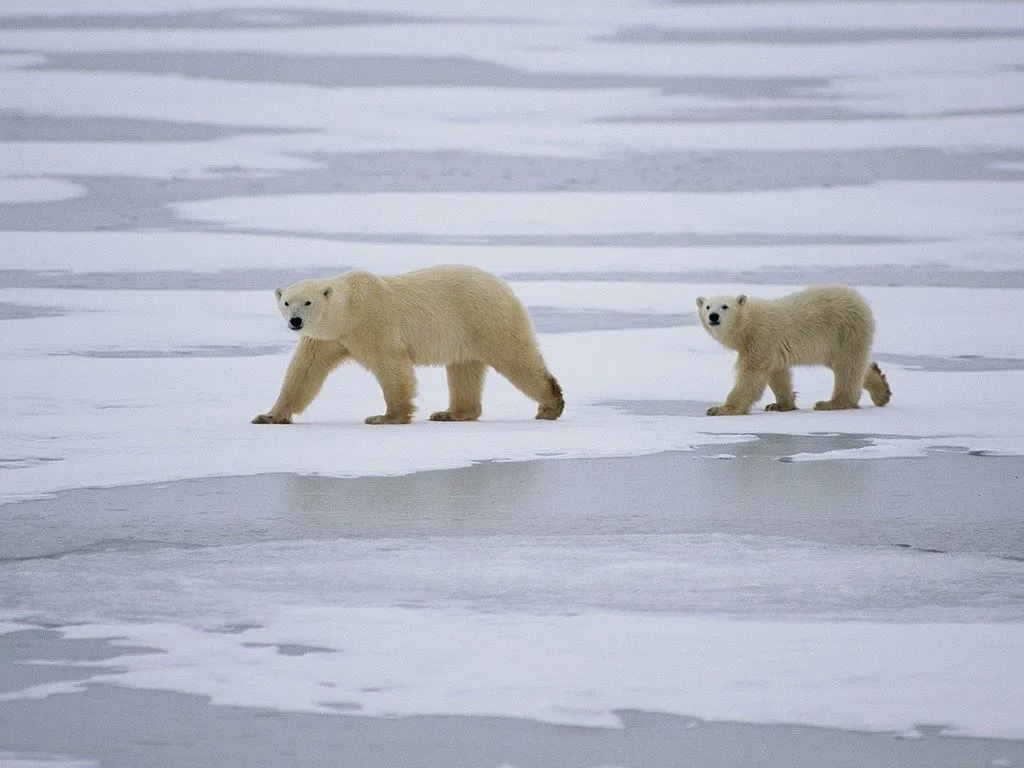

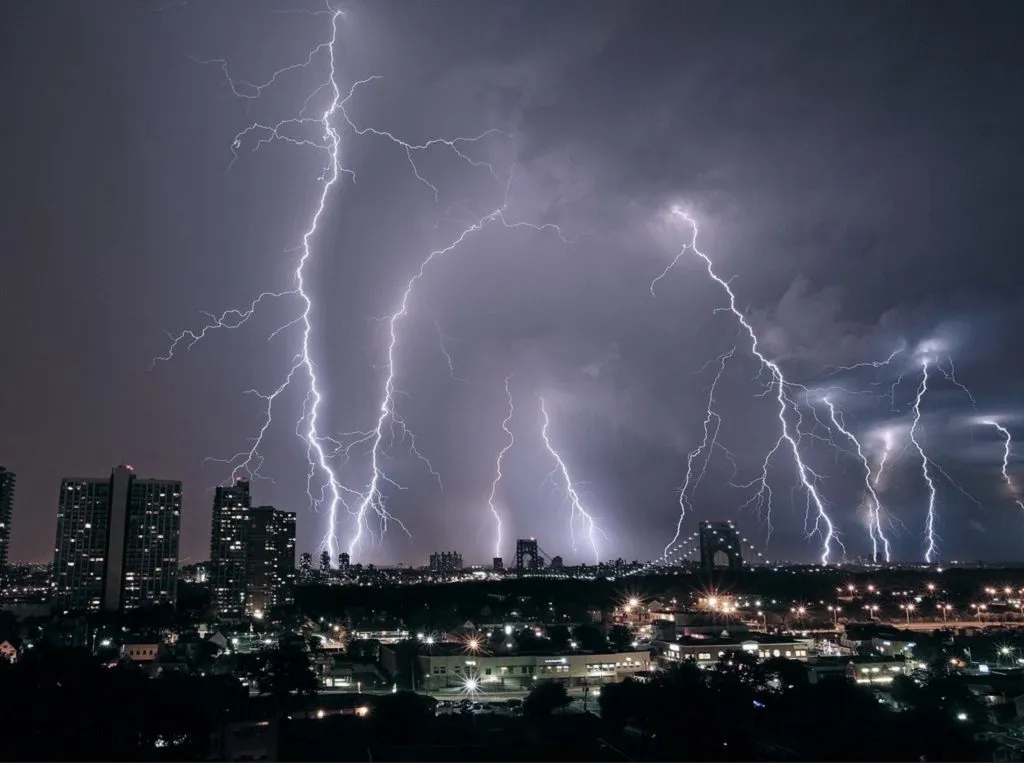
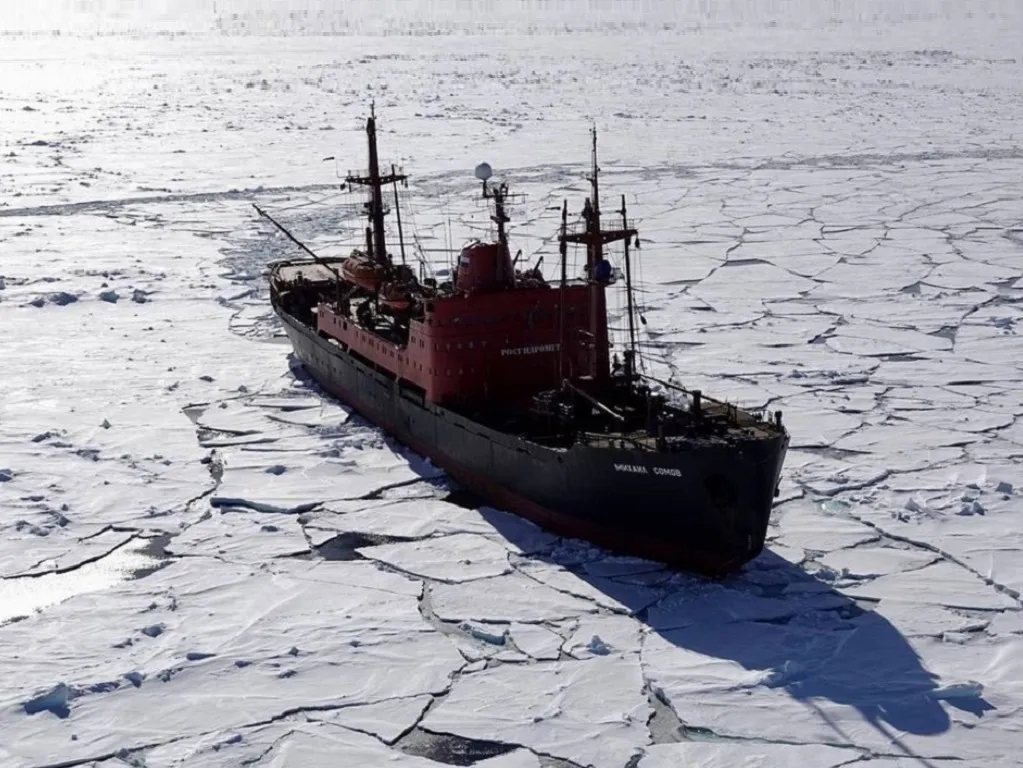
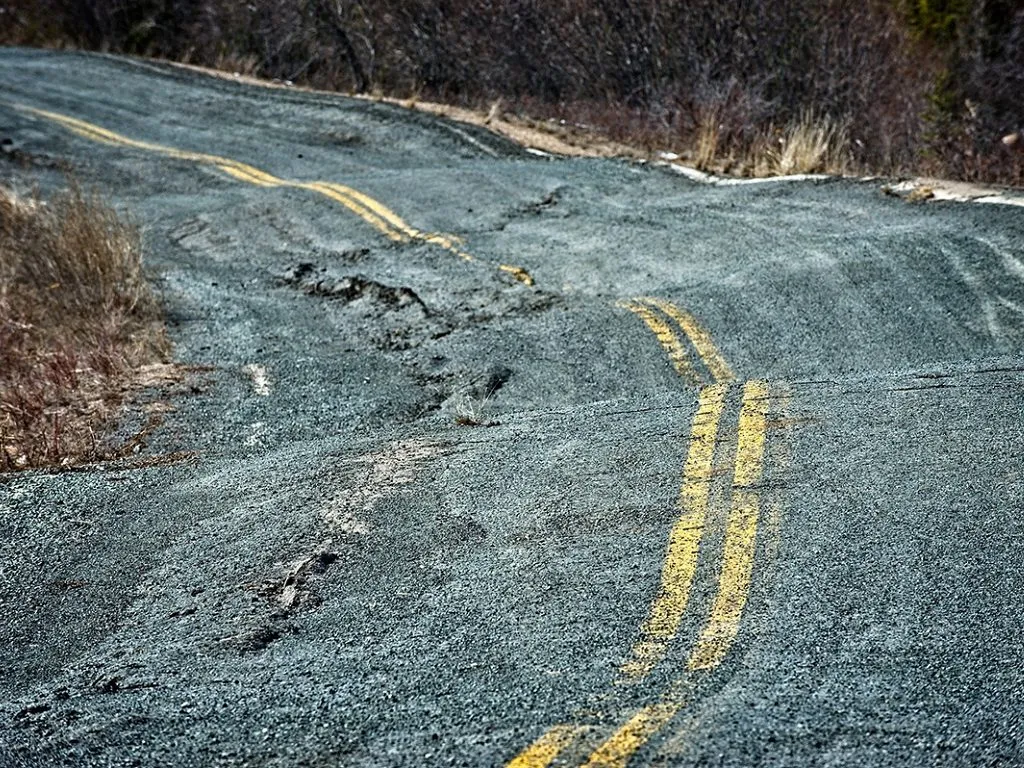



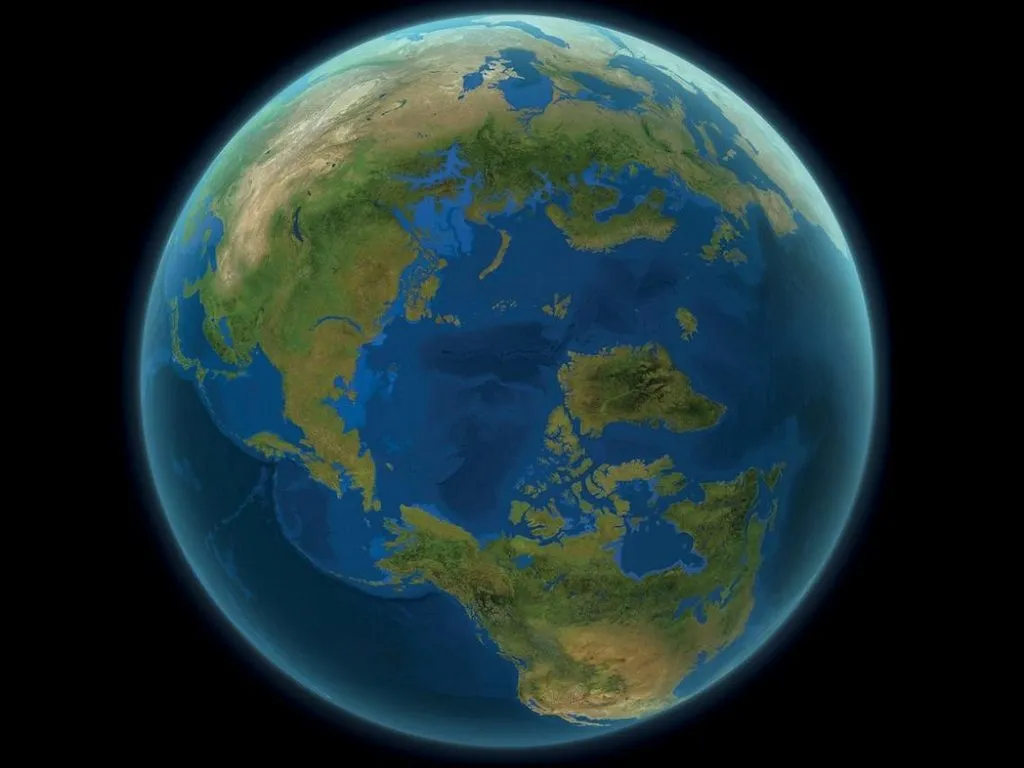
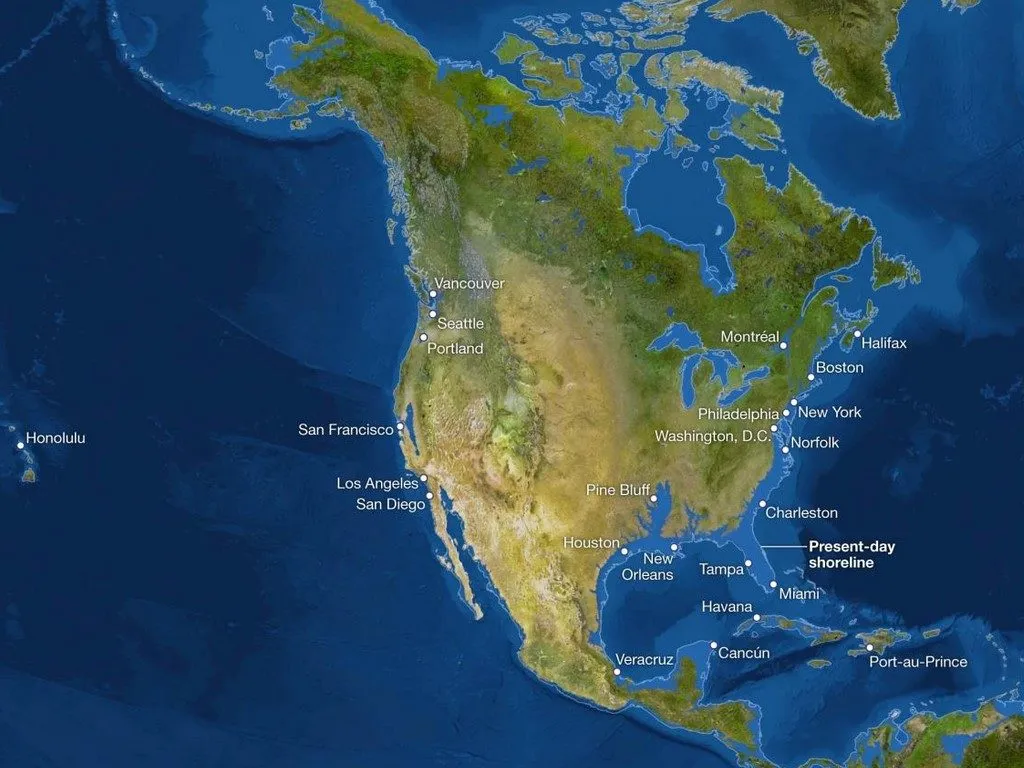

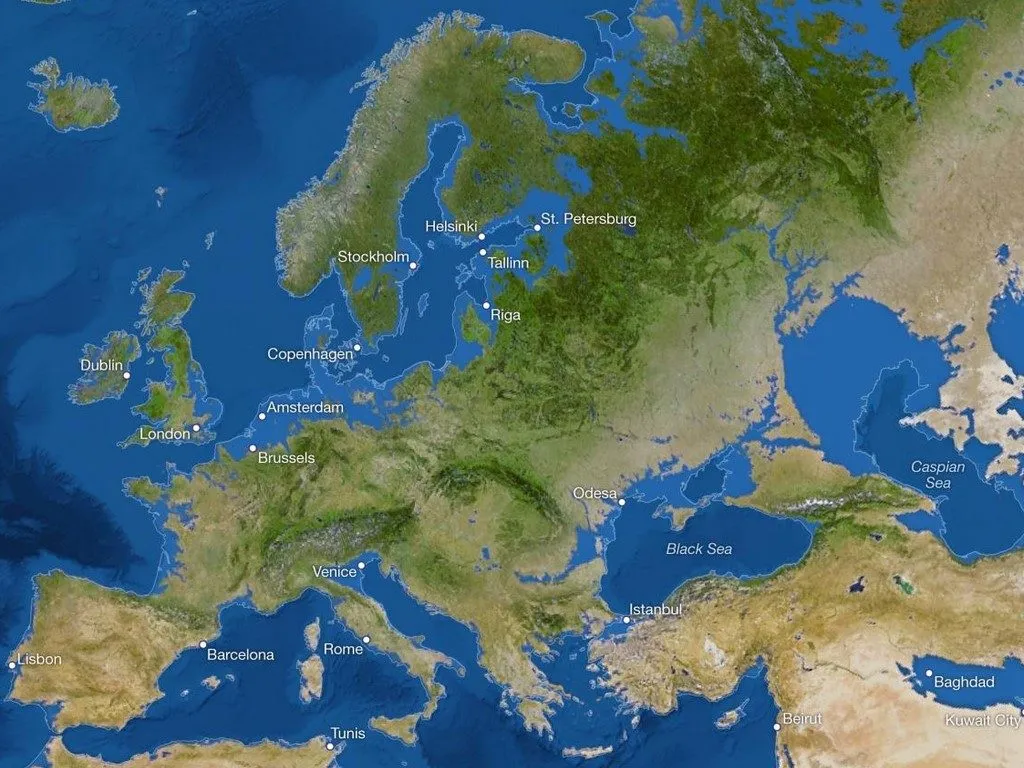
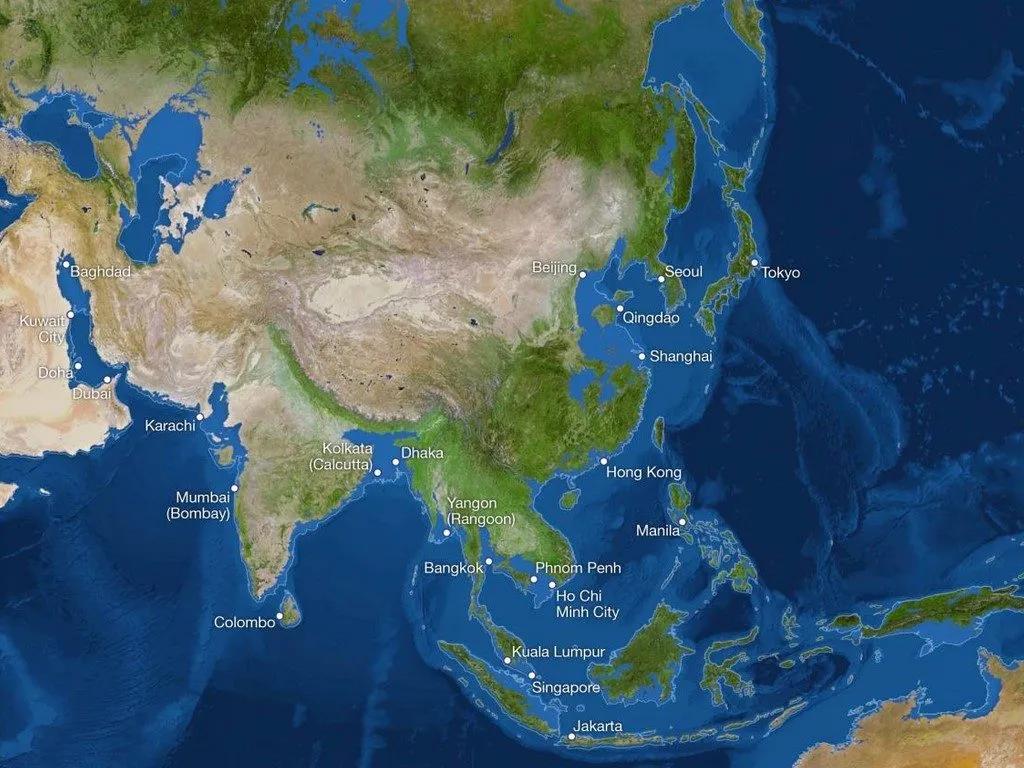
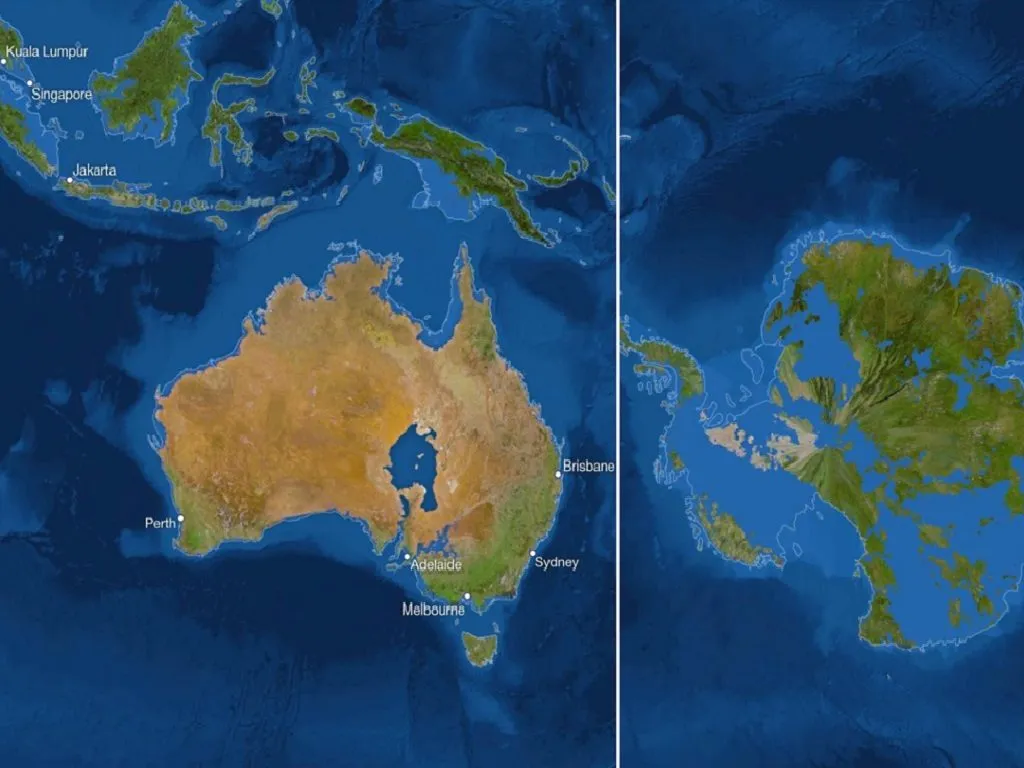










 Because you’ll never take back our country with weakness. Early on Jan. 6, The Post’s Kate Woodsome saw signs of the violence to come hours before thousands of Trump loyalists besieged the Capitol. (Joy Yi, Kate Woodsome/The Washington Post)
Because you’ll never take back our country with weakness. Early on Jan. 6, The Post’s Kate Woodsome saw signs of the violence to come hours before thousands of Trump loyalists besieged the Capitol. (Joy Yi, Kate Woodsome/The Washington Post)